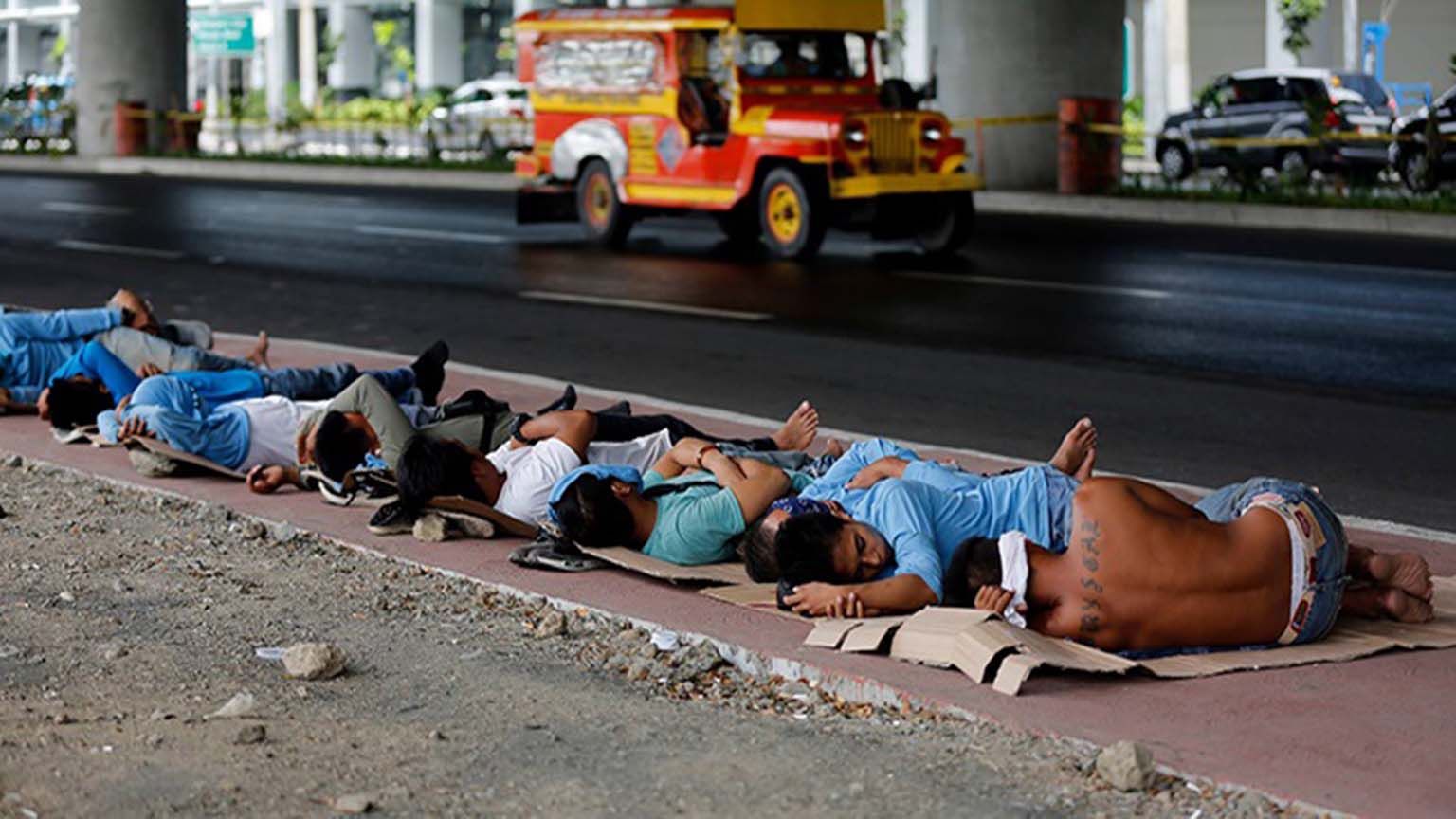The World Bank projects higher international poverty lines rising by 43 million in the lower middle income countries of East Asia and the Pacific.
World Bank economists Daniel Gerszon Mahler, Aziz Atamanov, Dean Mitchell Jolliffe, Christoph Lakner, and Samuel Kofi Tetteh Baah estimated that this was due to the adjustment of international poverty lines to the 2017 purchasing power parity (PPP) from 2011 PPP, said a Business Mirror report.
This adjustment increased the international poverty line in the region for low middle income countries to $3.65 per day from the initial $3.2 per day.
“At the $3.20-line [for lower-middle-income countries], poverty increases at the global level by 0.6 percentage points, or by 43 million poor people,” the economists said.
“This change at the global level hides offsetting changes at the regional level: Poverty increases in East Asia and Pacific, Europe and Central Asia, Latin America and the Caribbean, and South Asia, while poverty decreases in the Middle East and North Africa and Sub-Saharan Africa,” they added.
Another report published November 21, 2017 in Lines of Thought Across Southeast Asia, written by Johanna Chisholm said that 36 million are now living below the poverty line in Asean, 90 percent of them living either in the Philippines or Indonesia.
In a report that tracks the Association of Southeast Asian Nations’ (Asean) progress towards achieving Sustainable Development Goals (SDGs), researchers found that though some countries in Southeast Asia have made progress towards escaping poverty, there are still some who are struggling to get past the poverty line, more specifically, Indonesia and the Philippines.
After launching the UNDP report’s findings in Jakarta, the deputy secretary-general of Asean forsocio-cultural community, Vongthep Arthakaivalvatee, remarked that there is still a positive outlook for Asean, despite the report’s overall findings.
“Asean’s greatest asset is its people and proper financing will enable them to reach their potential,” he said.
Listed as living on anything below $1.90 a day by the World Bank, the international poverty line is a measure that has witnessed a global decline in the number of people living below it in recent decades, the report said.
In 1990, there were about 1.9 billion people living below the poverty line, but recently that number has decreased to be 760 million.
The strides that the international community has made in decreasing the overall number of people living in extreme poverty is important to keep in mind when assessing Asean’s own development.
And the report from the UNDP might initially impress upon the less skeptical reader that there is no reason for the people of Indonesia or the Philippines to celebrate their individual successes in working toward SDGs, an impression that would be false.
For instance, the Philippines and Indonesia both account for more than 350 million of the 649 million people living in Asean regions, meaning the high numbers of impoverished people living in these countries does not tell what the actual proportion of people living below the poverty line.
Another finding from the report worth mentioning was that Indonesia has made progress in these past few years towards reducing their own poverty, seeing the poverty rate decreasing at an average rate of 10 to 15 percent per year.
And of the 132 million people who were lifted out of poverty from 2000 to 2015, approximately 90 percent came from either Vietnam or Indonesia.
The Philippines, likewise, saw an overall trend towards decreasing extreme poverty in recent years. From 2005 to 2013, the poverty rate dropped from 17to 12 percent.
In a statement from Asean, as first reported by CNN, the member states said that they will need to take serious steps towards employing programs that eradicate poverty in the region so that they can achieve their wider Asean Vision 2025 goals.
Asean Vision 2025 is a goal that would see all member states sharing the vision for a politically secure, economically stable, socio-culturally peaceful and responsible community that supports a rules-based Asean by the year 2025.
